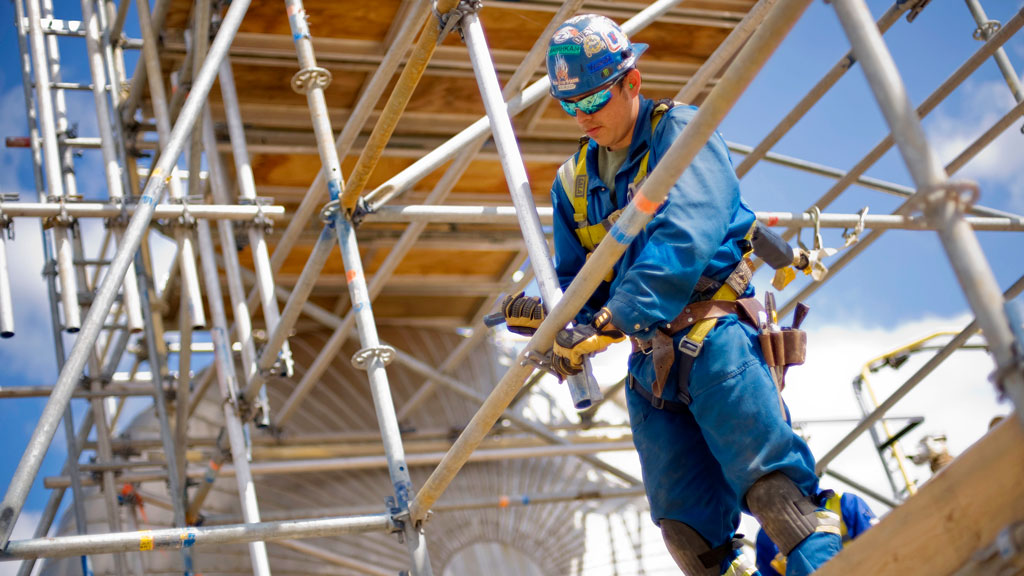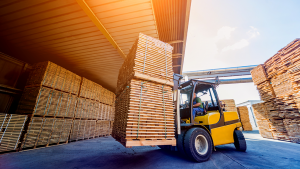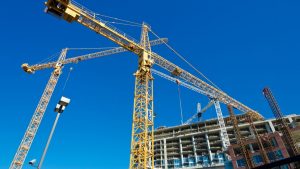How does a snowstorm in Texas impact the price of construction products in Canada?
The Calgary Construction Association (CCA) wants its members to know that and much more. The group has produced a new report that attempts to unravel construction cost and supply chain issues and give members a way to understand what is behind what they are seeing on the jobsite.
Bill Black, president of CCA, explained the goal of the project was to clear up misconceptions of who was gouging who on construction costs.
“We felt it would be valuable to reach out to experts in these areas and have them provide us with some information,” said Black, whose own background as a quantity surveyor made him uniquely equipped to co-ordinate the effort.
“I know how to pull that stuff together and create a ‘one-voice’ document,” said Black. “The goal was to bring some facts to the situation and help people understand how many different things were combining to produce what they were seeing.”
Black pointed to a severe winter storm in Texas from February that crippled the state’s electrical grid. This shut down resin factors critical for a variety of construction materials.
“It’s not just COVID. If you have to shut down, the resin hardens and you have to tear down the equipment and completely reset the factory,” said Black. “You lose inventory and production time.”
He says he hopes some of the knowledge helps garner more understanding from owners and caution from bidders.
“Be careful how you are bidding, and owners must stop holding bids for 60 days,” said Black. “If you ask us to take the cost of risk in the marketplace, they will take it but you will pay for it. Trade contractors, you need to be watching this every few days and qualifying your bids accordingly.”
He said the CCA plans to keep updating the industry on economic forces going forward and potentially plan a webinar to go over some of the material.
“Stop reacting to the media,” said Black. “All these trends were going to happen anyway, but COVID concentrated them and accelerated them.
“I think this might be something we do annually because the information is valuable. I think the unexpected will happen on a regular basis for the next few years.”
The report summarized some of the key drivers of current construction costs:
- Increased demand and shorter supply
- Compromised supply
- Higher logistics costs
- Higher tariffs
- Carrying charges as manufacturers increase their inventory levels due to uncertain supply chain
- Catchup increases following a recession
- Labour shortages and rising costs
- Cost of moving to near shoring or re-shoring manufacturing facilities driven by higher transportation and/or labour costs
- Lead times
Black noted one of the most disturbing issues in the report had nothing to do with materials.
He said while material prices will stabilize over time, labour shortage’s won’t. Labour makes up 60 to 70 per cent of a building’s cost, making it a glaring problem.
“Labour shortages are the result of demographics. You have an aging population and a younger population that doesn’t always see construction as a great career,” said Black. “You can’t open another factory or double your production line output to fix it.”
Follow the author on Twitter @RussellReports.











Recent Comments
comments for this post are closed